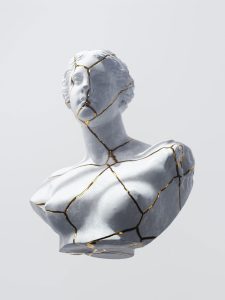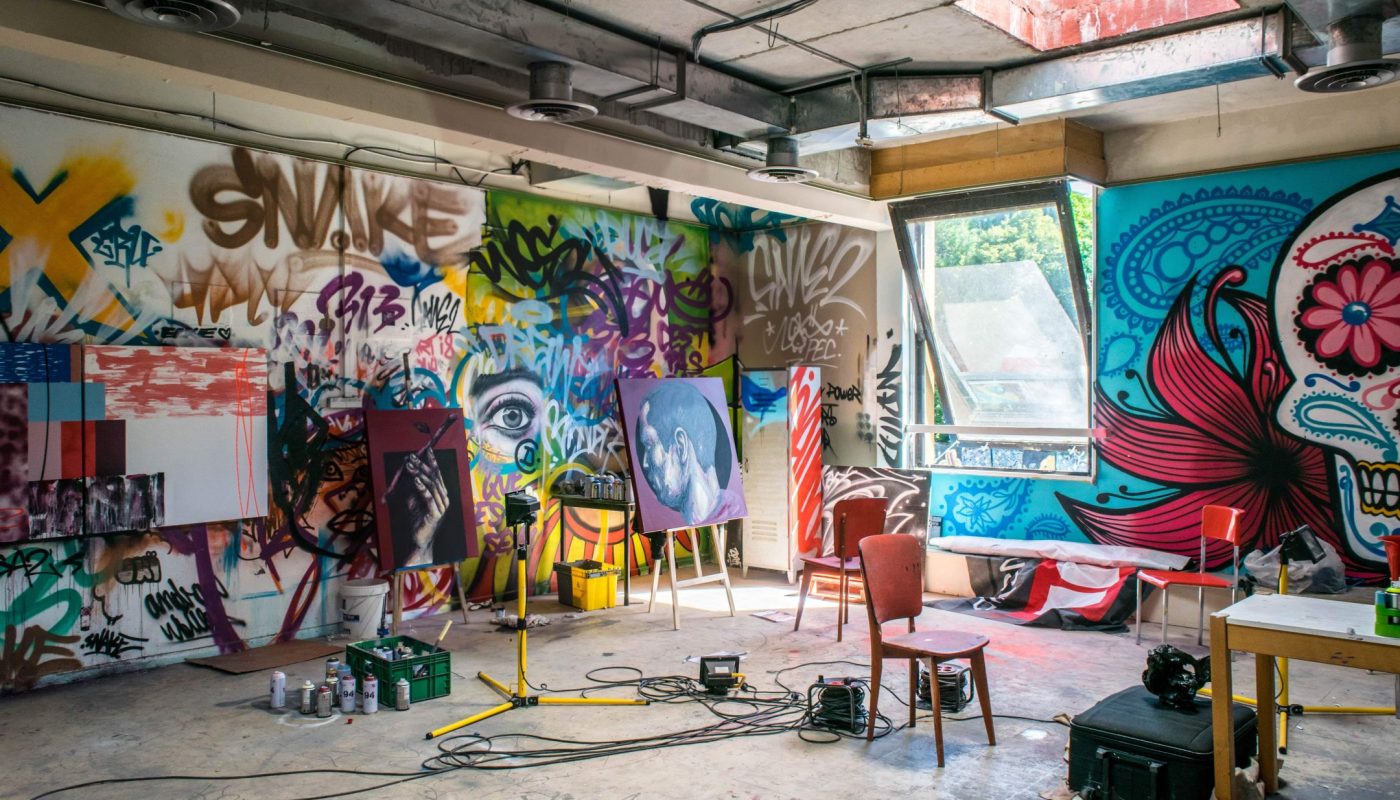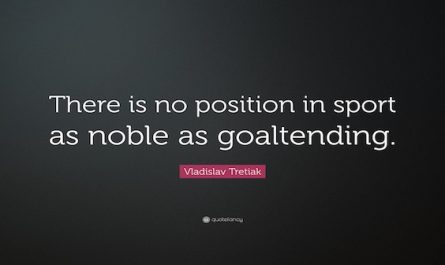The establishment of NFT’s is creating new opportunities and technologies that are revolutionizing the art industry. While traditional NFT’s exist in a digital version, there are NFT’s that exist both digitally, but also physically. These are called phygital NFT’s. By linking physical objects with digital NFTs, collectors can own both versions of an object, creating a new level of authenticity and uniqueness. This blog post discusses how phygital NFT’s work and what potential they offer artists.
Physical + Digital = Phygital
Although the term ‘phygital’ may sound unfamiliar, it is actually a concept that we frequently encounter in our daily lives. For instance, certain stores offer the option to use a digital app to collect groceries (digital) that were ordered in-person (physical), and some restaurants provide physical menus with digital QR codes for scanning. The popular game “Pokemon Go” uses augmented reality technology to enable players to locate virtual characters in the real world. This integration of physical and digital elements is a prime example of the phygital experiences that are already commonplace. The concept of phygital experiences is already being utilized and has now been combined with non-fungible tokens.
How Phygital NFT’s Work

Phygital NFT’s work by connecting the physical and digital worlds together. On the one hand, there is a physical object, for example a painting or a sculpture, which was created by an artist. On the other hand, there is a digital NFT for this physical object. The NFT itself is a digital token that exists on a decentralized ledger, such as the Ethereum blockchain. On this ledger, the virtual token will contain all of the information about the asset it represents. This information includes who owns it, what it’s worth, and other important details. To connect the NFT with the physical object it requires a unique identifier. This could be anything from a QR code to an embedded microchip. As soon as information about the artwork changes, for example the owner, this is recorded on the blockchain and represented on the physical object via the identifier (e.g. QR code). In this way, phygital tokens bridge the gap between the physical and digital worlds.
The Process of Creating a Phygital NFT
The process of creating a phygital NFT starts with an artist creating a physical art piece, for example a painting. Next, a digital version of the art object is created. For example, a photo of a painting, or a video animation of a sculpture. The digital version is deposited as an NFT on the blockchain. The physical artwork is then marked with a unique identifier, such as a QR code, that links to the digital NFT. This process is scalable and can be applied to any physical object, opening up new possibilities for asset ownership and investment.
Geometrics by Frank Stella
Frank Stella, a renowned artist who has been utilizing CAD and 3-D printing techniques to create exceptionalsculptures since 1980, recently released a collection of NFTs in September 2022. The 86-year-old artist designed 3-D print templates for his artistic sculptures, which were sold as NFTs. Collectors who purchased these templates can utilize them to create physical sculptures using 3D printing technology, thereby obtaining a digital and physical object simultaneously. Klick here to find out more about Geometrics by Frank Stella.
By linking physical objects with digital NFTs, collectors can own both versions of an asset, creating a new level of authenticity and uniqueness. This opens up new opportunities for artists and businesses to enter the world of NFTs and potentially reach a wider audience. Furthermore, phygital NFTs allow for a deeper level of engagement with art collectors, who can now own both versions of an asset. The process of creating a phygital NFT is scalable and can be applied to any physical object, opening up new possibilities for asset ownership and investment. Phygital tokens bridge the gap between the physical and digital worlds and could revolutionize the way people own and manage real-world assets.
This is the second article in a series of eight posts about the impact of tokenization and NFT on the art world. Find below more blogposts and stay tuned to learn more.
- Unlocking the Future of Art: The Rise of Digital Art and NFTs in the Art World
- What are Phygital NFTs and how do they work?
- The Benefits of NFT Artwork
- Phygital Art in Use: Arties x Voka
- Talking about NFTs and Digital Art
- Talking about NFTs and Digital Art Part II
- Arties: Pioneering the Phygital Art Revolution through Digital Art and NFTs




Really interesting content. Looking forward to your new blog posts! 🙂
Thank you for your feedback. There will be some more posts- stay tuned.
Wow, the concept of phygital is actually pretty cool and interesting. It’s certainly something to watch out for! Looking forward to your next post
Thank you for your comment. I agree to you, it is pretty cool and there are so many advantages with it. In the next few weeks I will publish a blogpost about the benefits of Phygital art because it is really exciting what it all involves.
😮 very interesting, had no idea about it!
Thanks for informing us, Olivia. 🙂
The topic is really very versatile, because tokenization can actually be applied to anything. The art market is just one use case; I’m curious to see which industries the topic will find its way into in the future.